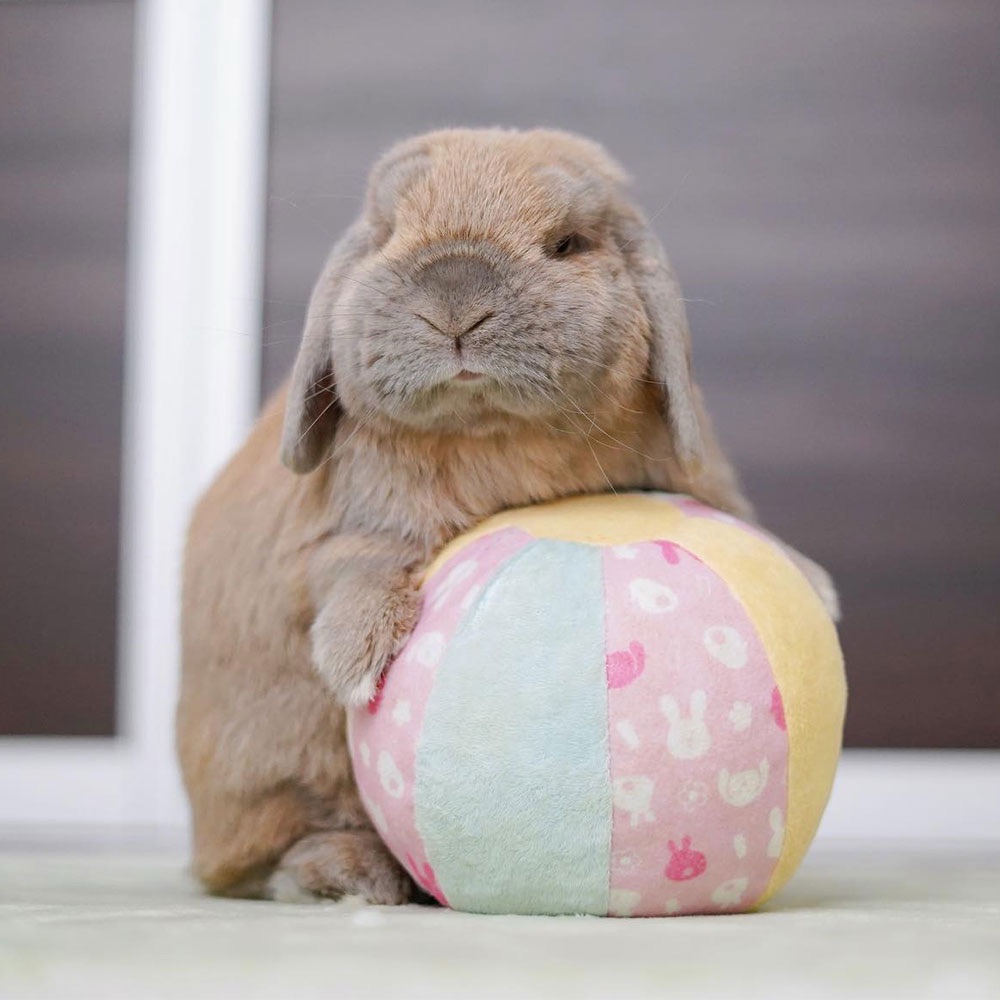Caring for Holland Lops involves several key aspects to ensure they remain healthy and happy. Here’s a comprehensive guide:
1. Housing
Cage**: Provide a spacious cage with solid flooring to prevent foot injuries. A minimum size of 24” x 36” is recommended for one rabbit.
Bedding**: Use safe bedding like hay, paper-based products, or aspen shavings. Avoid cedar or pine shavings due to potential respiratory issues.
Environment**: Keep the cage in a quiet, temperature-controlled area away from direct sunlight and drafts.
2. Diet
Hay**: Provide unlimited access to high-quality hay (like timothy hay), which is vital for digestion and dental health.
Pellets**: Offer a small amount of high-quality rabbit pellets daily. Look for brands with at least 18% fiber.
Fresh Vegetables**: Introduce leafy greens (like romaine lettuce, parsley, and cilantro) daily. Avoid starchy vegetables and high-sugar fruits.
Water**: Always provide fresh, clean water. Use a water bottle or a heavy bowl that can’t be tipped over.
3. Grooming
Brushing**: Regularly brush your Holland Lop to prevent matting and reduce shedding, especially during seasonal changes.
Nail Trimming**: Trim nails every 4-6 weeks to prevent overgrowth and discomfort.
Ear Cleaning**: Check ears regularly for dirt or wax buildup and clean gently if necessary.
4. Health Care
Veterinary Check-ups**: Schedule an annual check-up with a vet experienced in rabbit care. Discuss vaccinations and spaying/neutering.
Signs of Illness**: Be alert for signs of illness, such as changes in eating habits, lethargy, or unusual behavior. Seek veterinary care if needed.
5. Socialization and Exercise
Social Interaction**: Spend time with your rabbit daily for socialization. Holland Lops are friendly and enjoy companionship.
Exercise**: Provide a safe, enclosed area for supervised exercise outside the cage. They need time to hop, explore, and play.
6. Enrichment
Toys**: Offer chew toys and tunnels to keep them mentally stimulated. Cardboard boxes and paper towel rolls can also be great for play.
Digging Box**: Consider a designated area with safe materials for digging, as rabbits love to dig.
7. Behavior and Training
Litter Training**: Most rabbits can be litter trained. Use a litter box filled with paper-based litter and place it in a corner where they frequently go.
Positive Reinforcement**: Use treats and praise for training and reinforcing good behavior.
Additional Tips
Bonding**: If you have multiple rabbits, introduce them slowly and carefully to ensure they bond well.
Safety**: Rabbit-proof your home by removing hazards such as exposed wires and toxic plants.
By following these guidelines, you can help ensure that your Holland Lop is healthy, happy, and well-adjusted.
